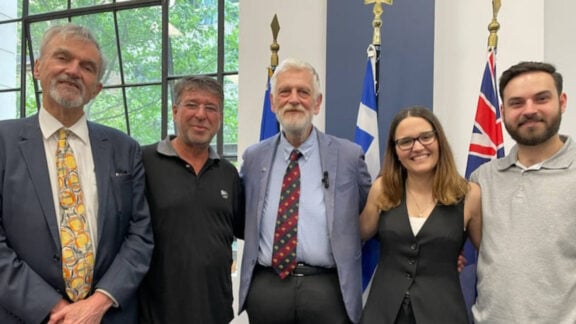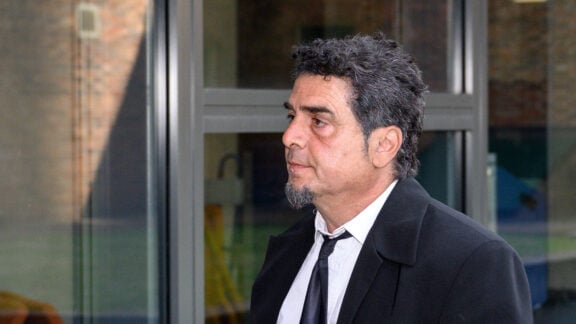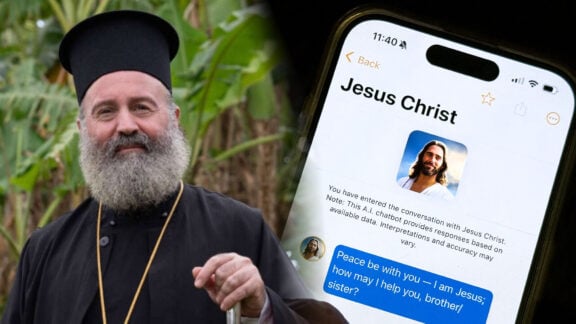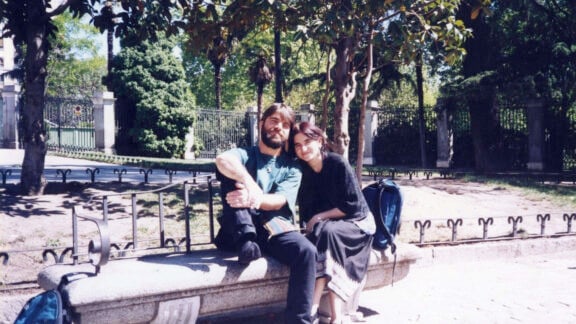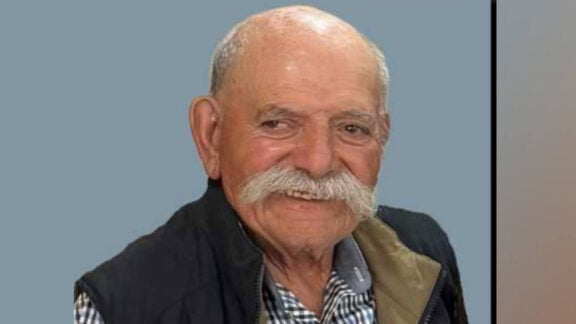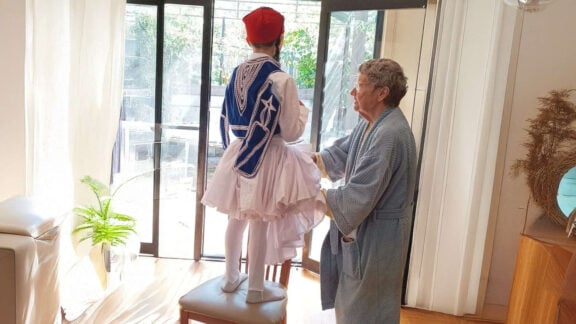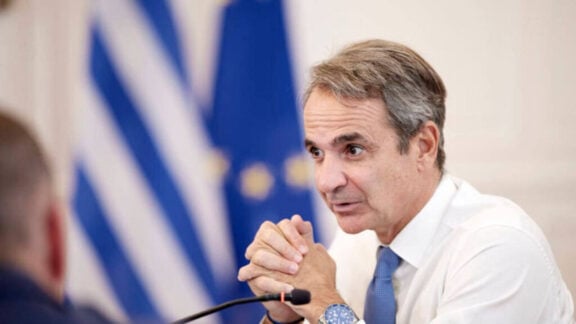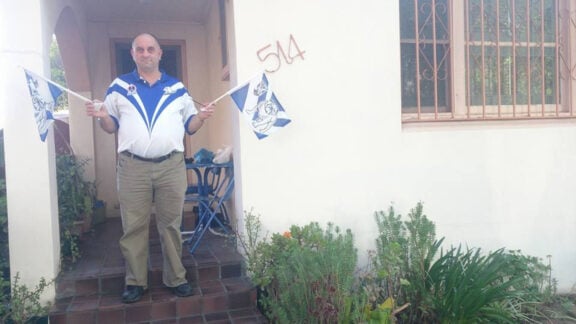Pope Benedict arrived in Paphos, Cyprus, on 4 June, concerned about minority Christian communities in the region.
Pope Benedict XVI said he was “deeply saddened” by the killing of Catholic Bishop Padovese in Turkey, but he believed the murder was not politically motivated.
His visit to Cyprus is the first time a pontiff has gone to the island.
Bishop Luigi Padovese, who was to meet the Pope in Cyprus, was stabbed to death at his home.
His driver, Murat Altun, has been charged with murder. It is thought the man had mental health problems.
Benedict spoke of his “profound sadness” over the stabbing of Padovese.
‘A personal thing’
“We are still awaiting a full explanation but we don’t want to mix up this tragic episode with Islam,” he said.
Cyprus’ President, Dimitris Christofias, described the Pontiff’s visit as historic and said ”Cyprus is in need of your words of peace, given the difficult situation the island is facing”.
The pope also met with Cypriot Archbishop Chrysostomos II, who took the opportunity to condemn the occupation of the island’s north by Turkish troops.
“Turkey has barbarously invaded and conquered by force of arms 37 percent of our homeland,” Chrysostomos said.
The archbishop went on to say that Turkey has plans to annex the occupied territories.
The Pope did not respond to the archbishop’s remarks.
Chrysostomos also asked for the Pope’s help in safeguarding Christian monuments, noting that artworks had been “sacked” by the Turks.
Benedict’s trip had prompted threats of a boycott by traditional Orthodox clerics.
The pontiff did not visit the Turkish occupied north of Cyprus, as it is not recognised as a legitimate state by the United Nations.
In the Cypriot capital, Nicosia, the Pope stayed at the apostolic nunciature, which lies in no-man’s-land – the buffer zone separating the Greek Cypriot side from the territory occupied by Turkey since 1974.
